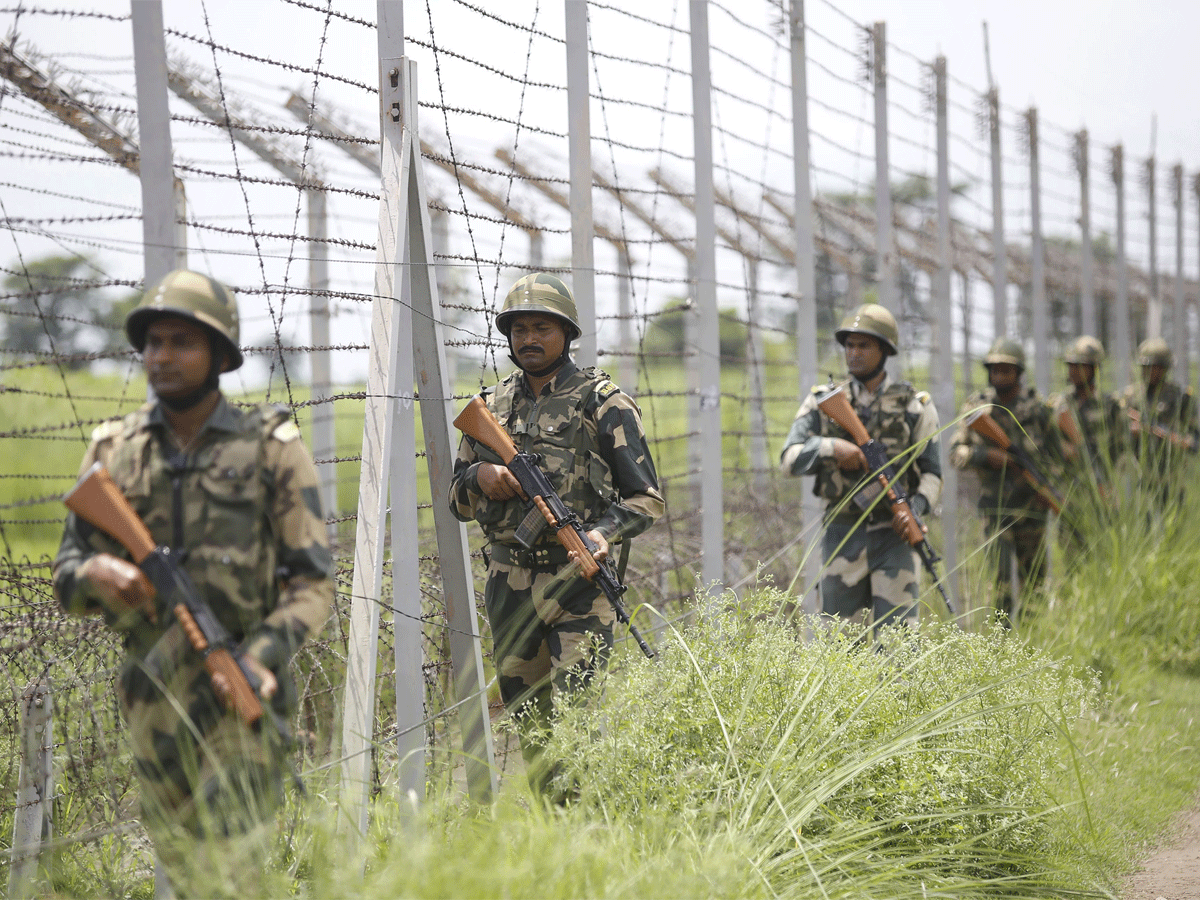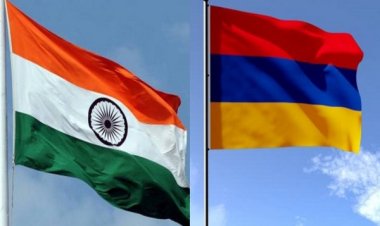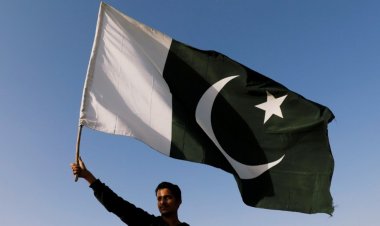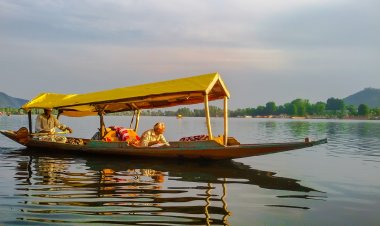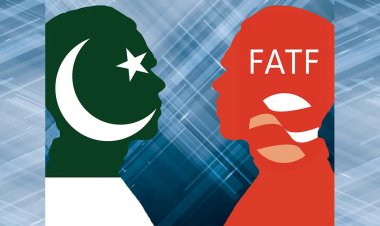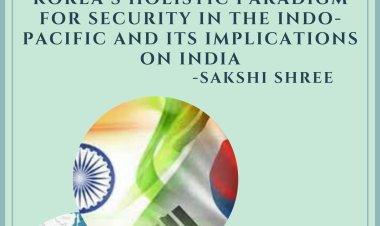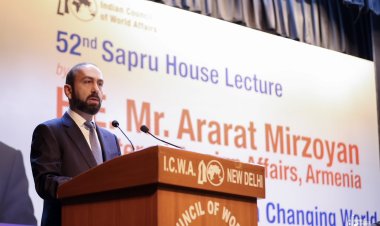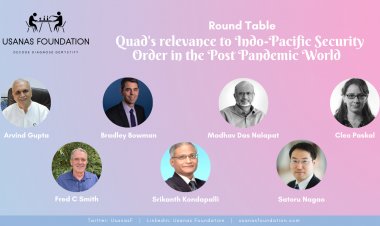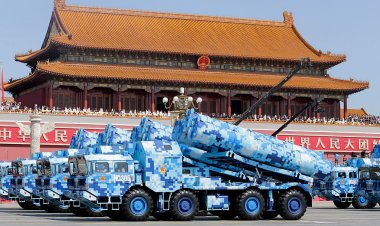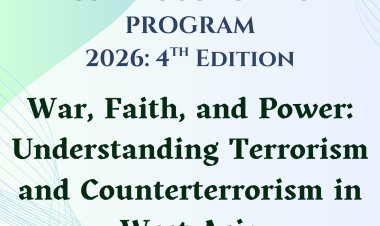India's Foreign Policy under Modi 3.0
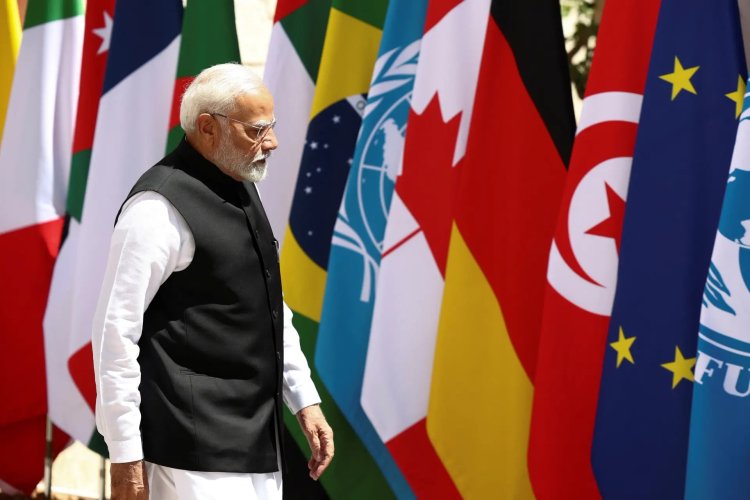
Explainer
By Harini Vallal J
India's foreign policy has undergone significant transformations during Prime Minister Narendra Modi's tenure. The current geopolitical landscape, marked by conflicts, shifting alliances, economic volatility, and escalating security threats, has placed India's foreign policy at a pivotal juncture. The country's rise to prominence and emergence as a major economic power, accounting for 17.76 percent of the world's population, has made foreign policy an important component of international relations. As an important actor on the world arena, India's diplomatic endeavours have a significant impact on regional and international stability. The re-election of Prime Minister Narendra Modi for a third term marks both continuity and possibly new paths in India's foreign policy
Key Pillars of Modi's Foreign Policy
- Neighbourhood
The Neighbourhood First Policy has been a key component of Modi's foreign policy. The invitation to the leaders of India's neighbouring countries and the Indian Ocean region to attend his oath-taking ceremony underscores the government's commitment to boosting relations and connectivity in the South Asian region. Leaders from Bhutan, Nepal, Bangladesh, Seychelles, Mauritius, and the Maldives attended swearing ceremony. Notably, inclusion of the Maldives was surprising, even after following a diplomatic row with India, but it also underscored India's unwavering commitment to its neighbourhood First policy. This is critical since its close neighbours have a direct geopolitical and economic influence on it. However, Pakistan was excluded from the event which reflects the deadlock between the two countries. The stalemate relations between India and Pakistan has also casted a shadow over the SAARC as well, needing reactivation for a cohesive, prosperous and stabilised South Asia. SAARC has been ineffective since 2016. Following the terrorist attack in Uri, India declined to attend the summit set to occur in Islamabad. The summit was cancelled after Bhutan, Afghanistan, and Bangladesh also refused to participate. In 2014, leaders from SAARC nations attended Modi’s inaugural swearing-in ceremony. By 2019, the event welcomed leaders from Bay of Bengal Initiative for Multi-Sectoral Technical and Economic Cooperation (BIMSTEC) countries.
Geopolitically, the government recognises that a peaceful periphery is critical for India to achieve its numerous developmental objectives. Economically, having peace in the region and friendly relations with its neighbours will improve India's image and encourage investment to the region. The government will also have improved focus on regional integration and cooperation through various organisations such as the BIMSTEC which has now acquired a charter which lets the grouping enter into structured diplomatic dialogue with other groupings and countries. The upcoming sixth summit that is going to take place in Bangkok in September 2024 will have renewed interest in deepening ties now that Bay of Bengal is also becoming an arena for power politics.
- West Asia
India has significantly increased its involvement in the West Asian region through initiatives such as the International North-South Transport Corridor (INSTC) and the Chabahar port agreement. This region holds great importance for India due to various factors, including the potential for employment, economic growth, and remittance inflows. Additionally, India heavily depends on oil imports from West Asia, especially given the decline in oil imports from Russia since last year. As a result of these factors, India places a high priority on regional peace and stability, particularly considering the Red Sea attacks. Peace is also necessary for India to pursue connectivity projects like the IMEC, which could function as an alternative to avoiding the Bab El-Mandab Strait. FTA negotiations between India and the GCC might also play out considering their intent to resume the negotiations.
- Indo-Pacific
In the global politics, the Indo-Pacific region has a substantial influence which prominently features the competition between the US and China. India is regarded as a key player in this region advocating for a rule-based Indo-Pacific, acknowledging its vitality not only for regional economic development but also for the international community. India actively promotes inclusive, stabilise and peaceful region by fostering cooperation and ties with not only neighbours but also with the Indo-Pacific nations. A cohesive, responsive, and prosperous ASEAN is considered as essential to India's Indo-Pacific vision, as well as ensuring regional security and growth. India has been actively engaging with the Indo-Pacific region, particularly with ASEAN countries, by creating partnerships to offset China's influence. A cohesive, responsive, and prosperous ASEAN is considered as essential to India's Indo-Pacific vision, as well as ensuring regional security and growth. India is also preparing to host this year's QUAD summit, which has garnered substantial prominence, and discussions are underway to give QUAD a military edge. India will also focus on initiatives like the IPOI and IPEF, as well as actively participate in organisations like the IORA. This year also marks the tenth anniversary of Look East Policy, which is now called Act East Policy. This sets the basis for all of India's relationships with the East. India is a dialogue partner of ASEAN and has participated in different institutions such as the ASEAN Defence Ministers Meeting plus, Indian Ocean Naval Symposium, etc. Through this, the government expresses its position on ASEAN centric foreign policy. India, in general, aims to establish a free, open, and inclusive Indo Pacific by collaborating with other countries interested in the region, such as Australia, the United States, and so on. These relationships and partnerships will continue to blossom and expand as China's influence grows.
- Global Partnerships
India strongly supports and works towards a multipolar world that upholds the rule of law. India actively supports multilateralism by participating in organisations such as the United Nations and the G20. India is also aiming for a permanent UNSC seat, which will necessitate cordial relations with its neighbours as well as far more than what India now possesses in terms of economy, military, technology, and so on. Atmanirbharta is a fundamental component of the development plans, and this is also true for the semiconductor sector. To become self-sufficient in this industry, India requires increased foreign investment and technology from the United States. This would, among other things, take India-US relations to a fresh height. During the most recent G7 summit, Prime Minister Modi also urged an end to the Western monopoly on technology.
"Vasudhaiva Kutumbakam" and "Bharat First" will serve as the two guiding axioms of India's foreign policy, and the administration would prioritise positioning India as a "Vishwa Bandhu" amid a volatile and divided globe beset by tensions and wars. Notably, to expand India’s diplomatic footprints, the foreign ministry intends to open 19 new missions and posts overseas in the next five years. The highlight is the government aims to establish 6 new missions and two consulates in the first 100 days. Moreover, expand passport issuance to 10% of the population, introducing next-generation e-passports in Digi Locker and open ‘Videsh Bhawans’ in key state capitals. All these initiatives are a part of 100 days and 5 year plan being drawn by the ministries, however, foreign policy under S Jaishankar has garnered significant attention.
India's ultimate goal, Viskit Bharat, lays out audacious plans for infrastructure and the economy. India refers to itself more prominently as the Voice of the Global South since it has raised issues affecting the Global South in addition to its own. The countries of the Global South welcome India's leadership in this matter, but together, all of the countries ought to support and contribute to the realisation of the Global South's vision
To bolster its trade ties, India is also increasingly focusing on bilateral and plurilateral partnerships as well as FTAs, now that the global scene has changed, and multilateral institutions are under a chokehold.
Way Forward
As India adheres to the principle of strategic autonomy, a key challenge arises in maintaining a delicate equilibrium among global powers, as each foreign policy decision carries significant ramifications. The current level of strategic autonomy could undergo transitions in response to evolving geopolitical dynamics. While the foreign policy choices made by the Modi government have generally yielded favorable results, ongoing adjustments are imperative to effectively capitalize on emerging opportunities and navigate impending challenges. In summary, the recently elected Modi government's foreign policy demonstrates a comprehensive and calculated approach to managing intricate global dynamics. India is positioned to increase its prominence and power on the world stage by placing a high priority on international collaboration, economic progress, and regional stability.
Disclaimer: This paper is the author's individual scholastic contribution and does not necessarily reflect the organization's viewpoint.


